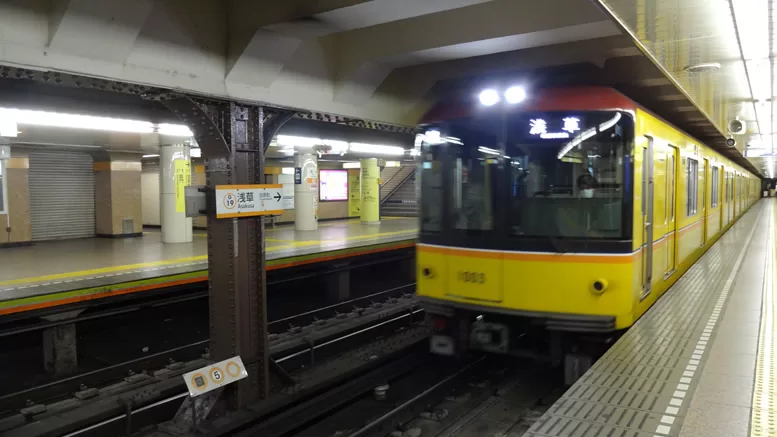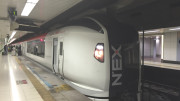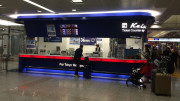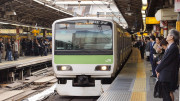The Ginza Line was the first underground railway system in Asia. It was developed after businessman Noritsugu Hayakawa visited London and thought a subway in Tokyo would be a fantastic idea.

Hayakawa founded the Tokyo Underground Railway Company and began construction in 1925, a project that took three years to complete. Initially, the Ginza Line was just a 2.2-kilometre route between Asakusa and Ueno. Since then, it has become one of Tokyo’s most prominent subway lines, connecting the wards of Shibuya, Minato, Chiyoda, Taito, and Chuo, and linking Asakusa with Shibuya. Today, the line operates 38 trains, each with six carriages, and runs at a maximum speed of 80 km/h along its 14.3-kilometre track.
During peak hours, a train arrives at every station every two minutes, and at three-minute intervals during other times. Unlike today, when passengers never have to wait long for a train, the months following the line’s opening saw people queuing for two to three hours just for a chance to ride this exciting new form of transportation.
As Tokyo’s oldest subway line, many of its stations are closer to ground level, and some are smaller and narrower, with much shorter platforms compared to newer subway lines. The Ginza Line is easily identified on maps by its orange colour and the letter G. The stations are numbered from east to west, starting at Shibuya (G-01) and ending at Asakusa (G-19). Today, the line is operated by Tokyo Metro.
Notable Stations on the Ginza Line:
- Shibuya (G-01) – Home to the famous Shibuya Scramble Crossing, nightlife, and shopping.
- Aoyama-itchome (G-04) – Known for luxury car dealerships and Tokyo’s largest cemetery.
- Shimbashi (G-08) – A major transfer station, providing access to the Yamanote Line and the Yurikamome Line to Odaiba.
- Ginza (G-09) – Tokyo’s luxury shopping district.
- Suehirocho (G-14) – Just a short walk from Akihabara, Tokyo’s famous electronics town.
- Ueno (G-16) – Home to Ueno Zoo, Ueno Park, museums, and Shinobazu Pond.
- Asakusa (G-19) – Famous for Sensoji Temple, Kappabashi Kitchenware Street, and the Asahi Beer Headquarters.
Also on Happy Jappy
JR Yamanote Line
JR Chuo Line
Ginza Metro Line
Getting around Tokyo
More local Train and Subway info
JR Shinkansen bullet train
Japan Rail Pass




